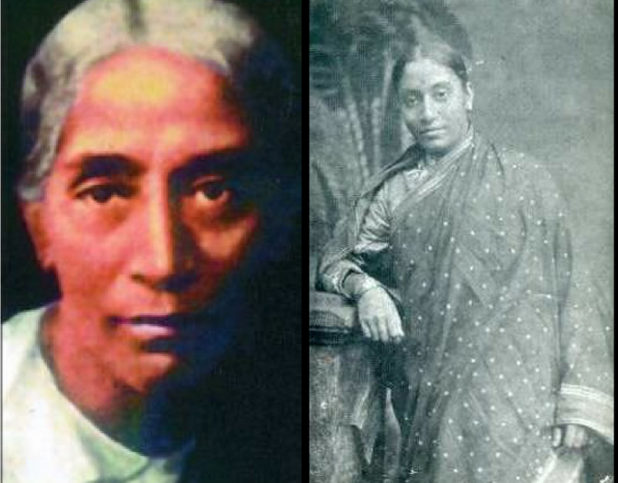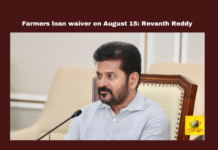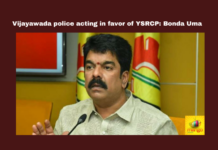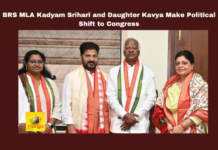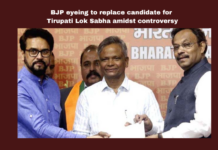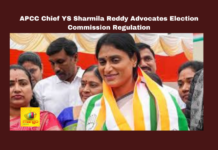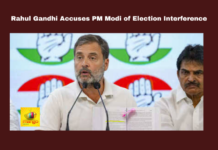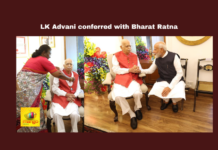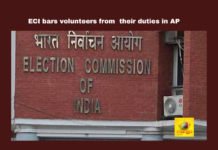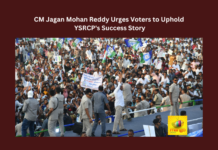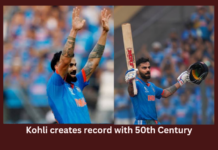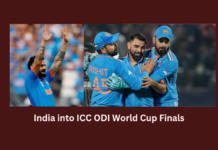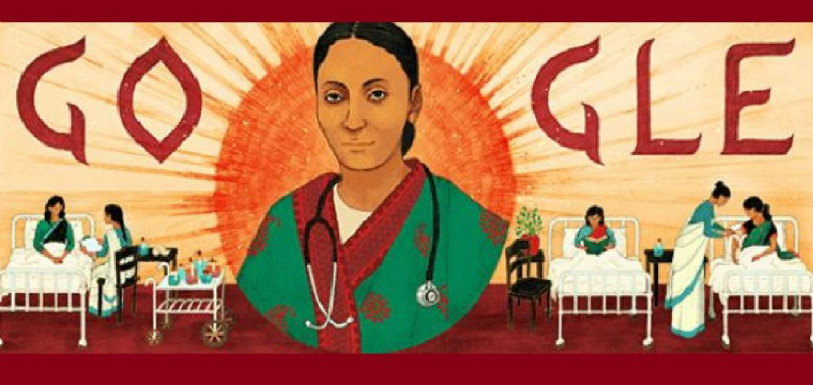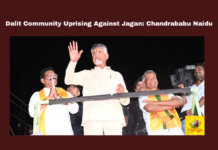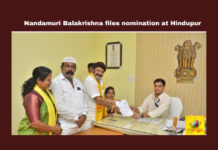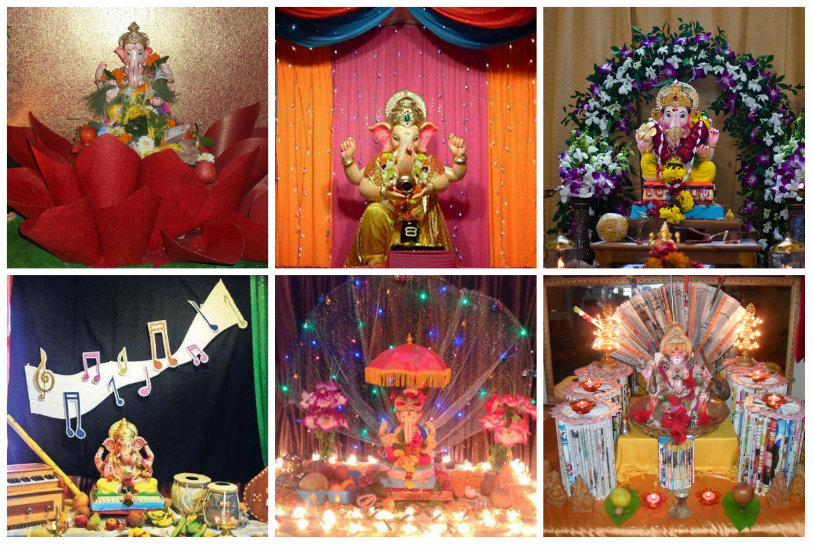Today, Google decided to honor Dr. Rakhmabai Raut (Rukhmabai Raut) on her 153rd Birthday in the form of their legendary Doodles. Everyone woke up this morning to find a dedication to an Indian female doctor who not many knew.
Rakhmabai was a legend and the reason behind the first Age of Consent Act in 1891. She is also known as the first Indian woman to practice medicine in Colonial India. Director Ananth Mahadevan brought this amazing personality to light with his biopic in 2016.
Ananth explains how overshadowed Rakhmabai’s role is in present India. “Everyone is under the impression that it is Anandibai who is India’s first practicing female doctor, but Anandibai, unfortunately, couldn’t practice despite earning a degree, because she died of pneumonia. But Dr. Rakhmabai goes beyond being India’s first female practicing doctor; she for me is India’s prime social rebel,” he was quoted saying.
Dr. Rakhmabai was definitely one of a kind but the credit to her success is shared with her step father. Jayantibai Rukhmabai’s mother was widowed when she was just 17. But luckily she crossed paths with an open minded man named Sakharam Arjun.
Dr. Arjun supported Rakhmabai in all her endeavors and pushed her beyond the boundaries of this regressive country. Born in 1864, Rakhmabai was married off at the age of 11. Initially, she remained with her step father and mother who ensured she was educated. There were no schools for girls and Dr. Arjun home tutored her and evoked the passion of saving lives in her.
Rakhmabai’s husband Dadaji Bhikaji Raut insisted she come live with him. But this is where Rakhmabai put her foot down and blatantly refused. She was probably the first Indian woman to file for a divorce. Rakhmabai also demanded a reason for why her consent did not matter in this marriage.
In 1885, one of the most legendary court cases was fought between Rakhmabai and her husband. Rakhmabai was adamant and stern with her views and refused to bow down in a patriarchal society. During the first case, Justice Robert Hill Pinhey reviewed the case in Rakhmabai’s favor. The Justice stressed on Rakhmabai being a helpless infant during the marriage and had the right to back out of it.
This stirred quite a bit of bittersweet reactions from the Indian citizens. Some stated the Justice Pinhey had no understanding or respect for the Hindu law. Balgangadhar Tilak wrote a piece on the case in the Kesari and blamed Rakhmabai’s defiance on her English education. Tilak further added Hinduism was in trouble at this rate.
The case was brought back for a retrial in 1886 with Chief Justice Sir Charles Sargent presiding over the case. Sargent concluded the case by giving Rakhmabai the option of either living with her husband or face six months imprisonment. Rakhmabai proved to be a pure example of a tenacious firebrand and bravely said she would rather be imprisoned than live with her husband.
Rakhmabai’s in her testimony said, “Everywhere it is considered one of the greatest blessings of God that we are under the protection of our beloved Queen Victoria’s Government, which has its worldwide fame for best administration. If such a Government cannot help unyoke us Hindu woman, what Government on earth has the power to relieve the daughters of Ind from their present miseries? This 50th year of our Queen’s accession to the most renowned throne is the jubilee year in which every town and every village in her dominions is to show their loyalty in the best way it can, and wish the mother Queen a long happy life, to rule over us for many years with peace and prosperity. At such an unusual occasion will the mother listen to an earnest appeal from her millions of Indian daughters and grant them a few simple words of change into the book on Hindu law that ‘marriages performed before the respective ages of 20 in boys and 15 in girls shall not be considered legal in the eyes of the law if brought before the Court.’ This mere sentence will be sufficient for the present to have enough check on child marriages, without creating a great vexation among the ignorant masses. This jubilee year must leave some expression on us Hindu women, and nothing will be more gratefully received than the introduction of this mere sentence into our law books. It is the work of a day if God wished it, but without his aid every effort seems to be in vain. So far, dear lady, I have dwelt on your patience, for which an apology is necessary. With best compliments. I remain yours very sincerely, Rukhmabai.”
Rakhmabai wrote a letter to Queen Victoria referring the case and her testimony. The Queen immediately intervened, overruling the court and dissolved the marriage.
Once Rakhmabai was free of the clutches of matrimony, she embarked on yet another historic journey. She went to England in 1889 where she was educated to become a doctor. Rakhmabai returned to India and became the first female practicing doctor in the country. She went on to practice medicine until the age of 90.
Rakhmabai is the perfect example of bravery and stride from whom every woman can learn. She fought for what she believed in and with the progressive upbringing of her step father she learned life had no boundaries. Everyone can be Rakhmabai if they hold on to their values and fight for what is right.
